About this article
Categories
The screen print, also known as silkscreen, is produced with a printing method that involves pushing the color through a screen cloth with the help of a squeegee – a scraper. This can be done both by hand at home or in specially designed machines with some manual handling. If we compare screen printing with transfer printing, the transfer, or heat transfer, is a further development: it’s the same principle, but the print ends up on a transparent polyester sheet, a so-called carrier sheet, rather than directly on the fabric. Among other things, it has the advantage that the transfer can be mailed to the customer as a finished product and then applied to garments in a transfer press. The transfer is also more durable and of higher quality.
In this print guide, we take a closer look at both techniques and compare them.
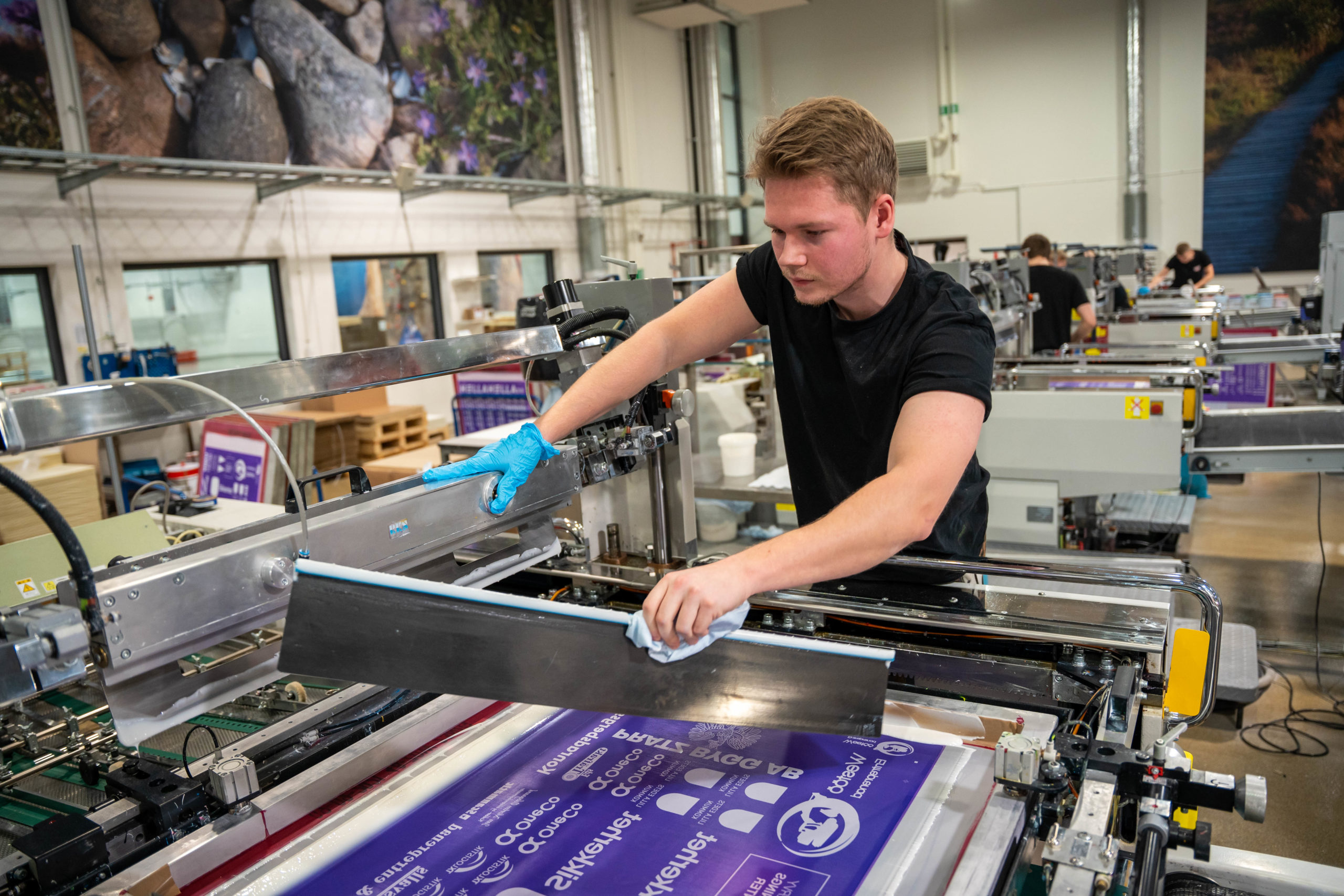
The screen print was already used in China 2,000 years ago. Even though the method has been refined, the basis is the same: frames with a special canvas that lets color through in certain places. One frame per color, wich means that a certain number of frames must be developed for each print job. The frames are treated with emulsifier and light to create the desired print, and a scraper spreads the paint evenly over the surface. When the print is ready, it is cured with heat. The screen print is most common on t-shirts, tote bags and other garments that have room for the frame. The method can also be used to produce posters for example.
In recent years, transfers have increasingly replaced the traditional screen print, especially if you need to print several small logos, for example sponsor logos on club clothing. It is also common to use the heat transfer on small, difficult-to-print items where screen print is not possible. The technique is based on the screen print method, but prints the logo or motif mirrored on a carrier (polyester sheet) instead of directly on the garment – one frame per color. Then a powder adhesive is added to the back of the carrier, which melts into the textile fibers when the print is later applied to a garment in a transfer press.
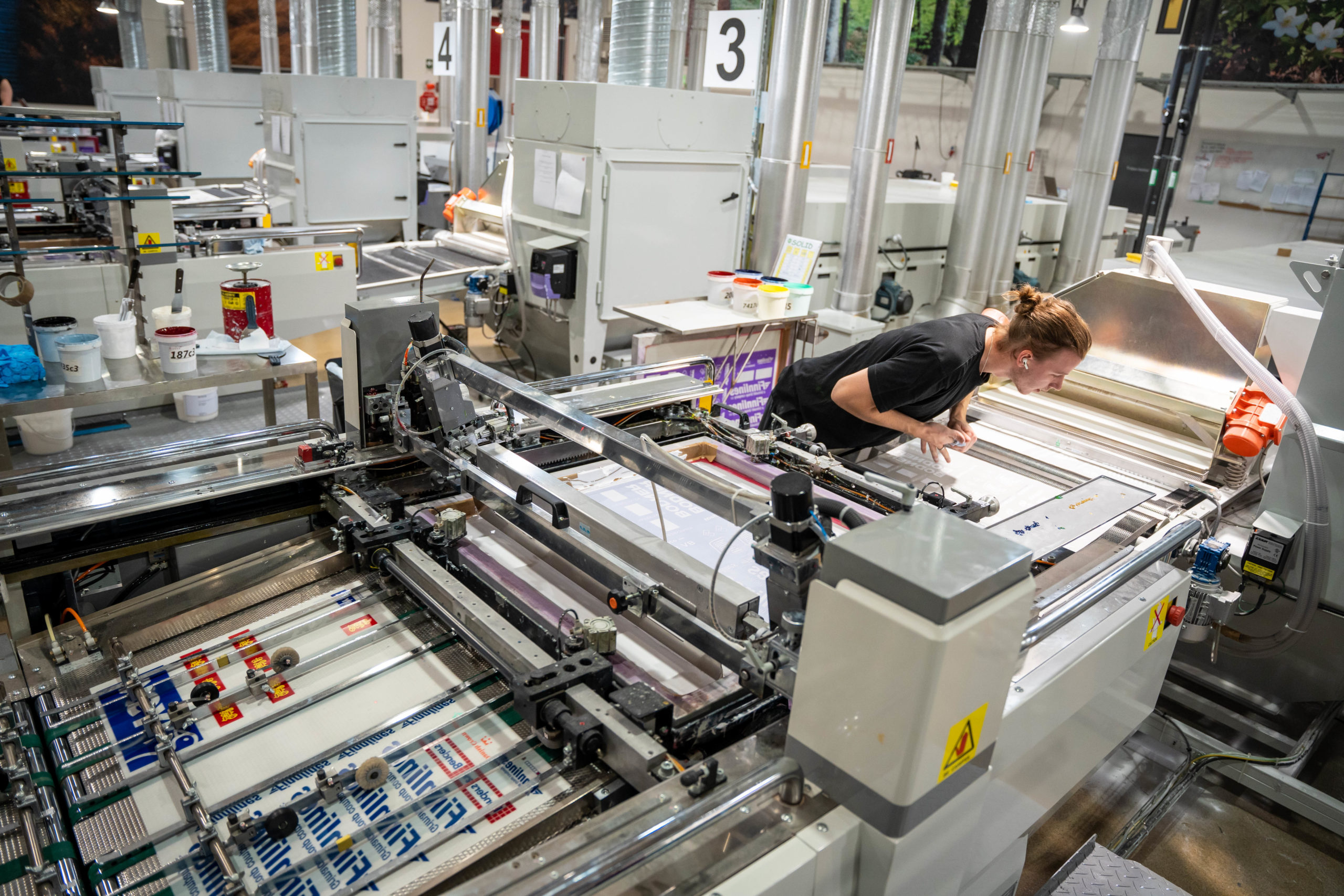
The screen print and the heat transfer are based on the same method and are therefore similar to each other. They can both be made environmentally friendly based on, for example, the type of paint and, as in our case, with our own treatment plant. You have great control over your print, with good color reproduction and small details. The colors can also be mixed to the exact color you want.
Compared to each other, however, the choice increasingly falls on the transfer, especially for garments that are small or difficult to print. Our heat transfers can be placed anywhere on most textiles, including hats, caps, bags and backpacks – near zippers and buttons. We keep a low unit price per transfer and manufacture in small and large editions, also with reflex or photo effect. Our heat transfers can be stored for at least 5 years and are durable, environmentally friendly, of high quality and durable – they last as long as the garment. You as a customer also do not have to deal with the colors, which in itself is a rather messy thing. Our products are ready to be printed and that is reason enough to choose the transfer over the screen print: the simplicity.
About this article
Written by:
Christin
Categories
Related articles

Sustainable Prints on Workwear
Read more

This is how you use our plotter transfer
Read more

Club clothing with a sustainable print
Read more

Heat Press Hot 2000 troubleshooting
Read more
About this article
Written by:
Christin
Categories
Related articles

Sustainable Prints on Workwear
Read more

This is how you use our plotter transfer
Read more

Club clothing with a sustainable print
Read more

Heat Press Hot 2000 troubleshooting
Read more
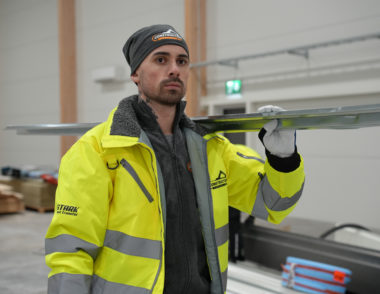
Prints on workwear? Choose the heat transfer Stark!
Products
Tips & Tricks
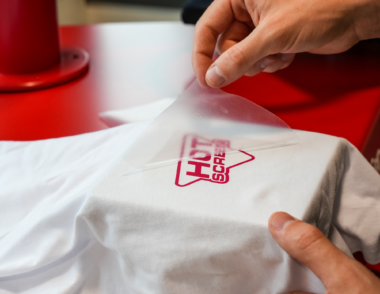
The plotter print is a variation of our product Stark Heat Transfer.
Products
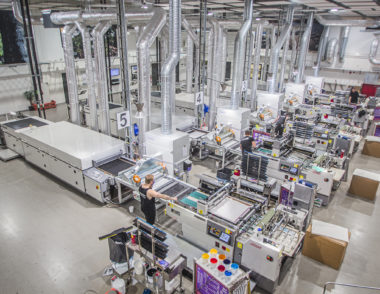
Learn more about the various print methods in the textile industry.
Print methods
Mon-Thu: 08.00-16.30
Fri: 08.00-15.30
Följ oss!
When you archive an article, it disappears from your webshop and is no longer orderable.
When you activate an article, it disappears from your archive and you can order it again